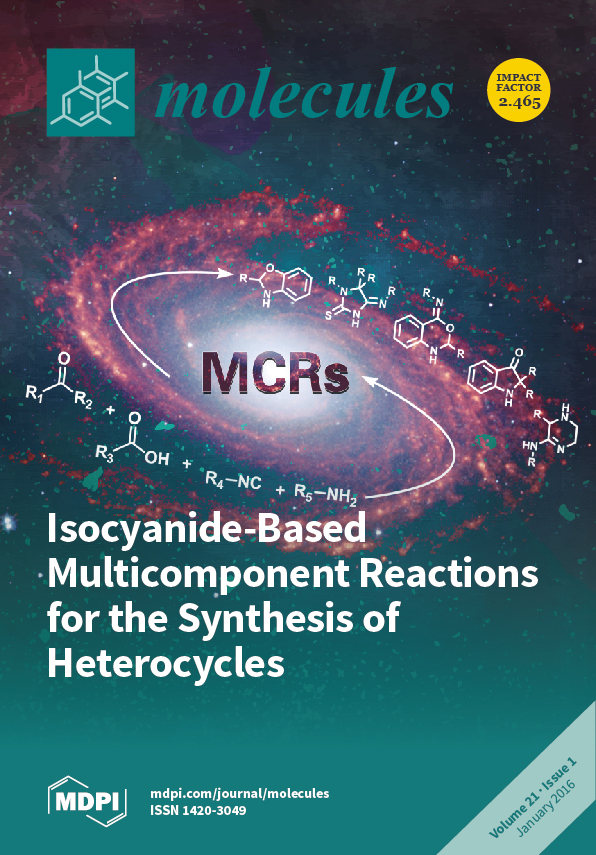Aims: To systemically investigate the
in vitro and
in vivo antibacterial properties of tebipenem pivoxil tablet. In addition, acute toxicity of this preparation was also studied. Methods:
In vitro, minimum inhibitory concentration (MIC) or minimal inhibitory concentration (MBC) were determined by using the serial 2-fold broth or agar dilution methods. Further, cumulative MIC inhibition curves were then made to assess the antibacterial effects of the drug at various concentrations.
In vivo, minimum lethal dose (MLD) in combination with maximum tolerance dose (MTD) was used to measure the acute toxicity of the tebipenem pivoxil tablet in mice. After that, sepsis mouse models challenged with
Escherichia coli,
Staphylococcus aureus,
Pseudomonas aeruginosa, and
Klebsiella pneumoniae, respectively, were established to evaluate the anti-infective effect of this preparation. Results: The MIC
90 values of tebipenem pivoxil against Gram-positive bacteria such as methicillin-sensitive
Staphylococcus aureus (MSSA), methicillin-resistant
Staphylococcus aureus (MRSA), methicillin-sensitive
Staphylococcus epidermidis (MSSE), methicillin-resistant
Staphylococcus epidermidis (MRSE),
Pyogenic streptococcus, and
Enterococcus faecalis were ≤0.125, 16, 0.5, 8, ≤0.125, and 32 μg/mL, respectively. Correspondingly, the MIC
90 values of tebipenem pivoxil against
Escherichia coli,
Klebsiella pneumoniae,
Enterobacter aerogenes,
Haemophilus influenzae,
Pseudomonas aeruginosa, and
Acinetobacter baumannii were 1, 0.5, ≤0.125, 0.25, 64, 64 μg/mL, respectively. The MBC values of tebipenem pivoxil against
Escherichia coli,
Staphylococcus aureus,
Klebsiella pneumoniae were 0.016–2, 0.063–32, 0.031–32 μg/mL, respectively. The acute toxicity study showed that the MLD of the tebipenem pivoxil tablet was 4.00 g/kg and the MTD was 3.40 g/kg in mice. In all the sepsis mouse models, the simultaneous administration of the tebipenem pivoxil tablets significantly reduced mortality of the sepsis-model mice as compared with the control. Furthermore, the survival rate in the tebipenem pivoxil tablet group was remarkably higher than that in the meropenem group in all the sepsis mouse models tested. In the sepsis model challenged with
Staphylococcus aureus ATCC29213,
Escherichia coli ATCC25922,
Pseudomonas aeruginosa ATCC27853, and
Pseudomonas aeruginosa clinical strain, respectively, tebipenem pivoxil tablet (100 mg/kg) displayed a better protective effect than tebipenem pivoxil granules (100 mg/kg). Conclusions: In summary, tebipenem pivoxil displays an excellent antibacterial activity against a variety of pathogenic bacteria
in vitro. Importantly, tebipenem pivoxil tablet significantly protects the sepsis mice challenged with various pathogenic bacteria, which may provide a potential approach to treating bacterial sepsis in clinic.
Full article






